What Are OLAP (Online Analytical Processing) Tools?
Smart Data Collective
JUNE 16, 2022
Online analytical processing is a computer method that enables users to retrieve and query data rapidly and carefully in order to study it from a variety of angles. Online Analytical Processing (OLAP) is a term that refers to the process of analyzing data online. Using OLAP Tools Properly.

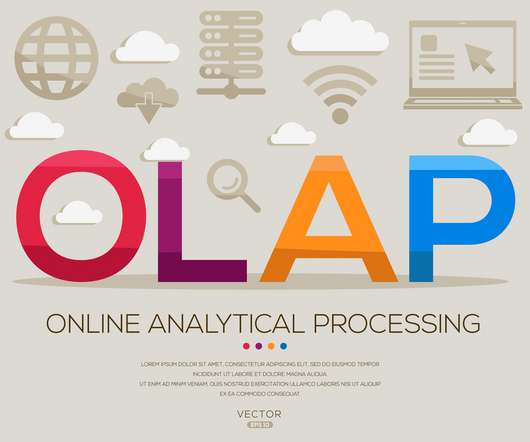
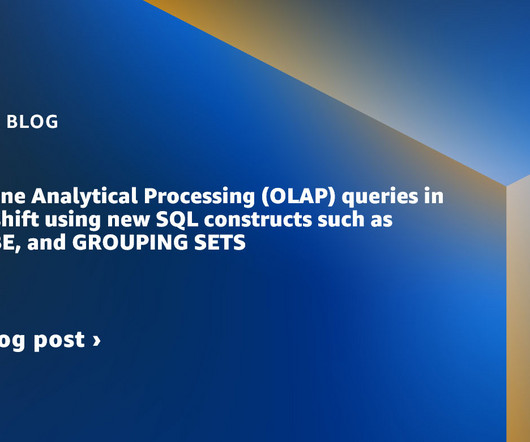

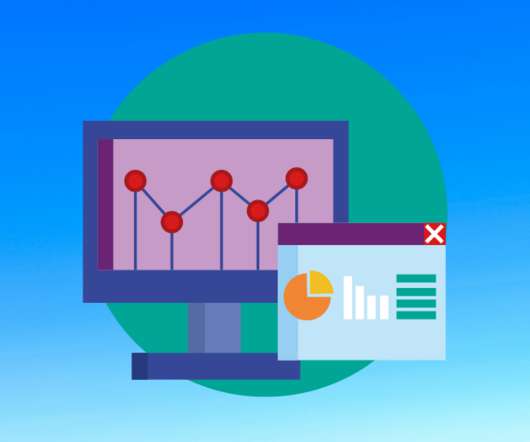

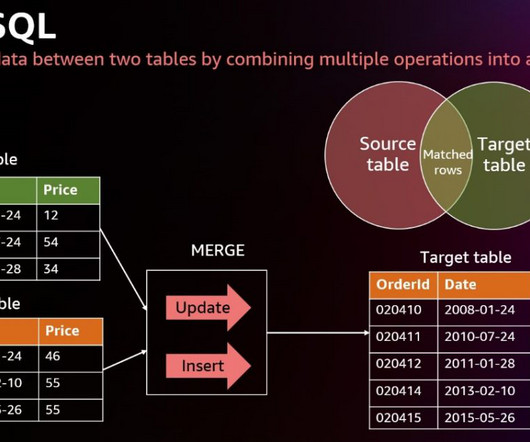
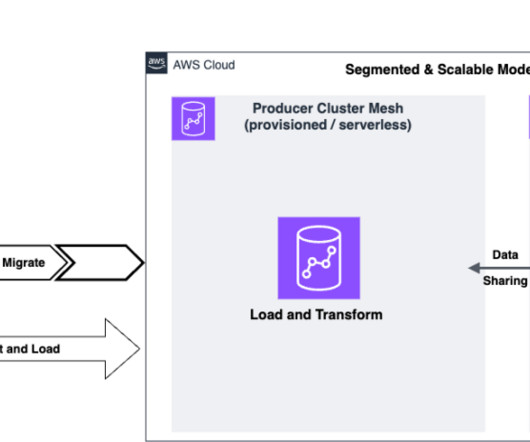
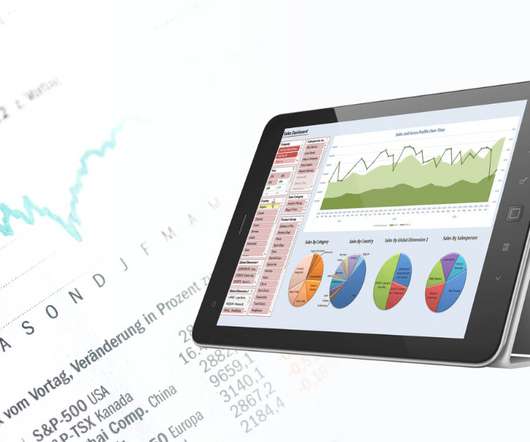



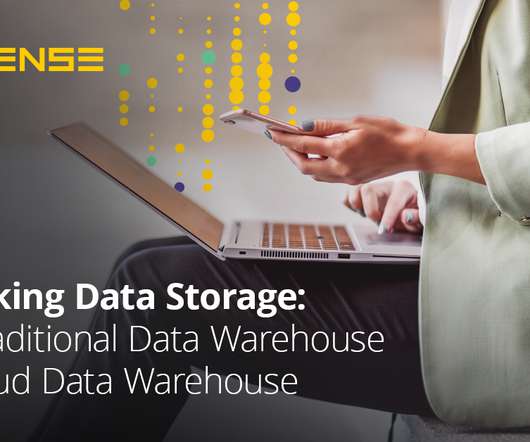
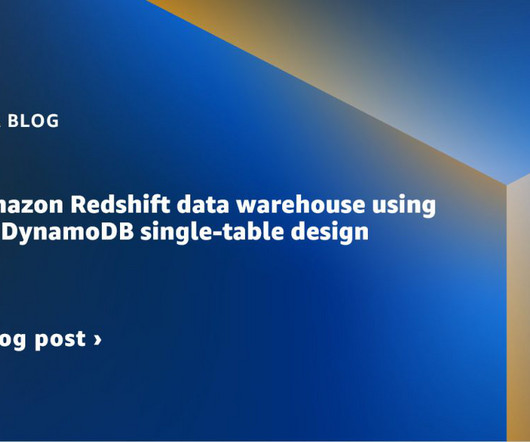









Let's personalize your content